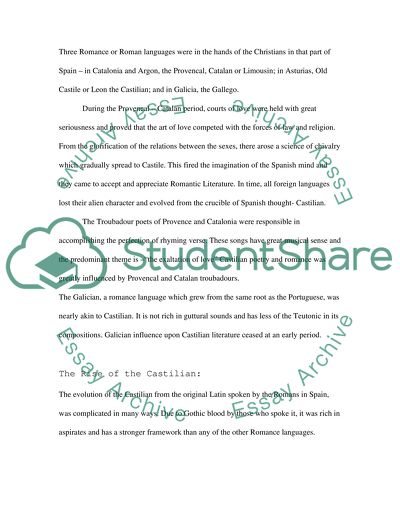Cite this document
(The Romance Tongues of Spain Case Study Example | Topics and Well Written Essays - 2000 words, n.d.)
The Romance Tongues of Spain Case Study Example | Topics and Well Written Essays - 2000 words. Retrieved from https://studentshare.org/history/1539673-castillian-lyric-2
The Romance Tongues of Spain Case Study Example | Topics and Well Written Essays - 2000 words. Retrieved from https://studentshare.org/history/1539673-castillian-lyric-2
(The Romance Tongues of Spain Case Study Example | Topics and Well Written Essays - 2000 Words)
The Romance Tongues of Spain Case Study Example | Topics and Well Written Essays - 2000 Words. https://studentshare.org/history/1539673-castillian-lyric-2.
The Romance Tongues of Spain Case Study Example | Topics and Well Written Essays - 2000 Words. https://studentshare.org/history/1539673-castillian-lyric-2.
“The Romance Tongues of Spain Case Study Example | Topics and Well Written Essays - 2000 Words”. https://studentshare.org/history/1539673-castillian-lyric-2.


